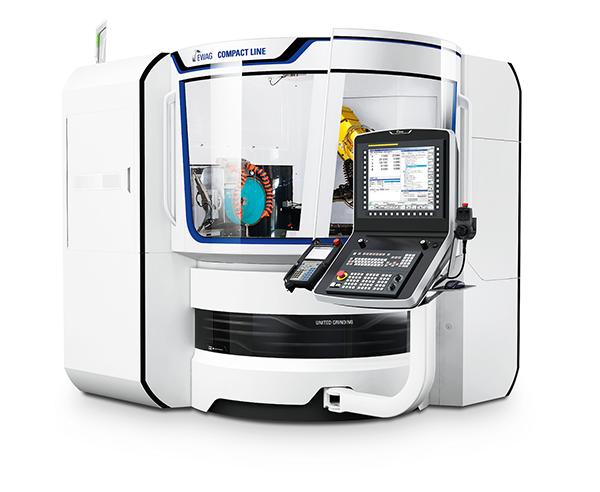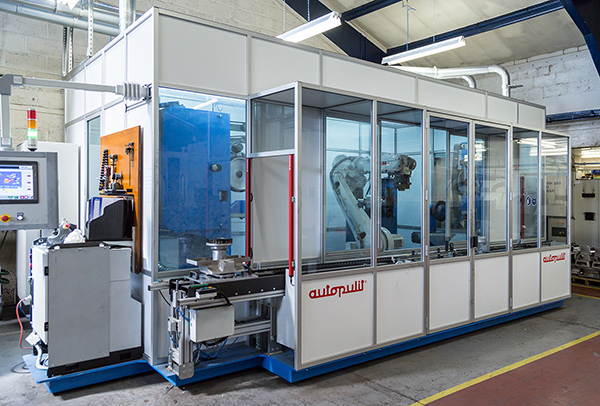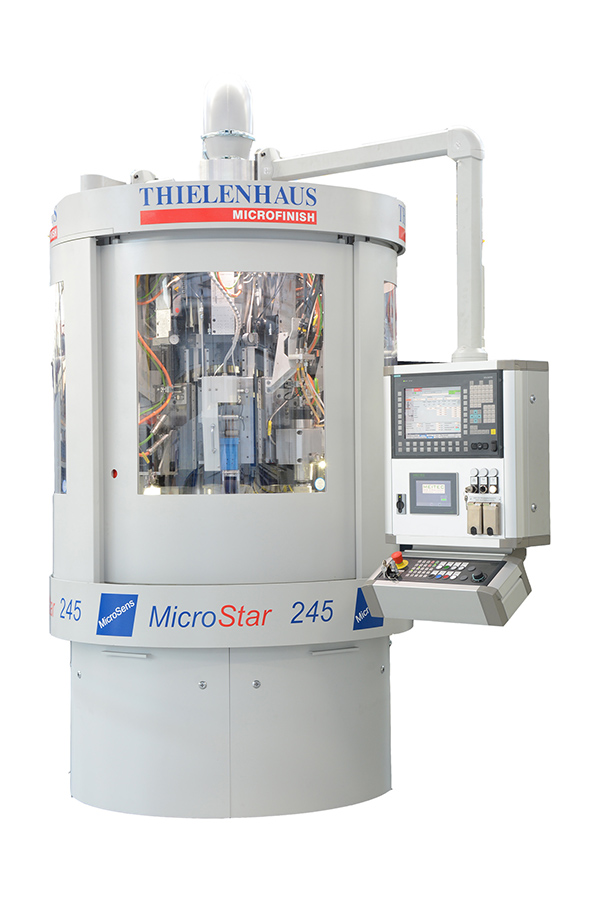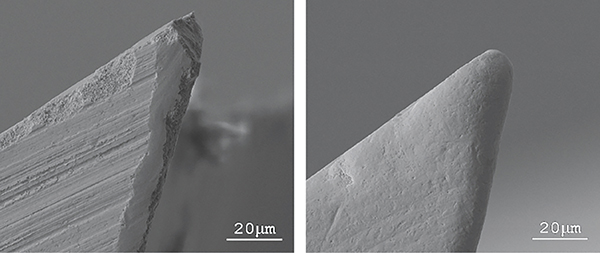Producing drills from 0.8 to 4 mm, the new FCP4 from Anca provides drill makers with efficiencies and cost benefits by offering the capability to manufacture a complete high-speed steel (HSS) drill on a single machine. From a blank piece of raw material, the FCP4 grinds the flute, relief and point.
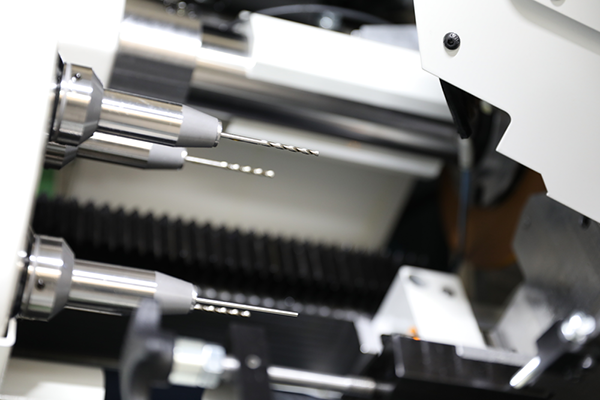
Grant Anderson, CEO at Anca, says: “Considering that the yearly production of HSS drills is about 1.8 billion drills worldwide, the opportunities are huge. The high-volume commodity drill market is new for us but is a great fit given our 40+ years’ expertise in tool and cutter grinding.”
The new machine will enable a complete drill to be manufactured every 20 to 25 seconds, a significant difference from what is currently available in the market, says Anca. Up until now drills had to be manufactured on two or three separate machines, which is a large investment to make and presents a big task in changing drill sizes – typically taking several hours and creating needless waste with scrap set-up drills. The CNC capability of the FCP4 also offers advantages in quicker changeover and less set-up time required, making the option of smaller production runs viable.
“We think we can bring a huge benefit to the industry as up until now there is little competition or product choice for volume manufacturers of HSS drills,” says Anderson. “Drill manufacturers are typically restricted to using machines that are old and CAM operated, and with older machines wearing out there are currently very few options for upgrading or improving their capabilities.”
For further information www.anca.com







